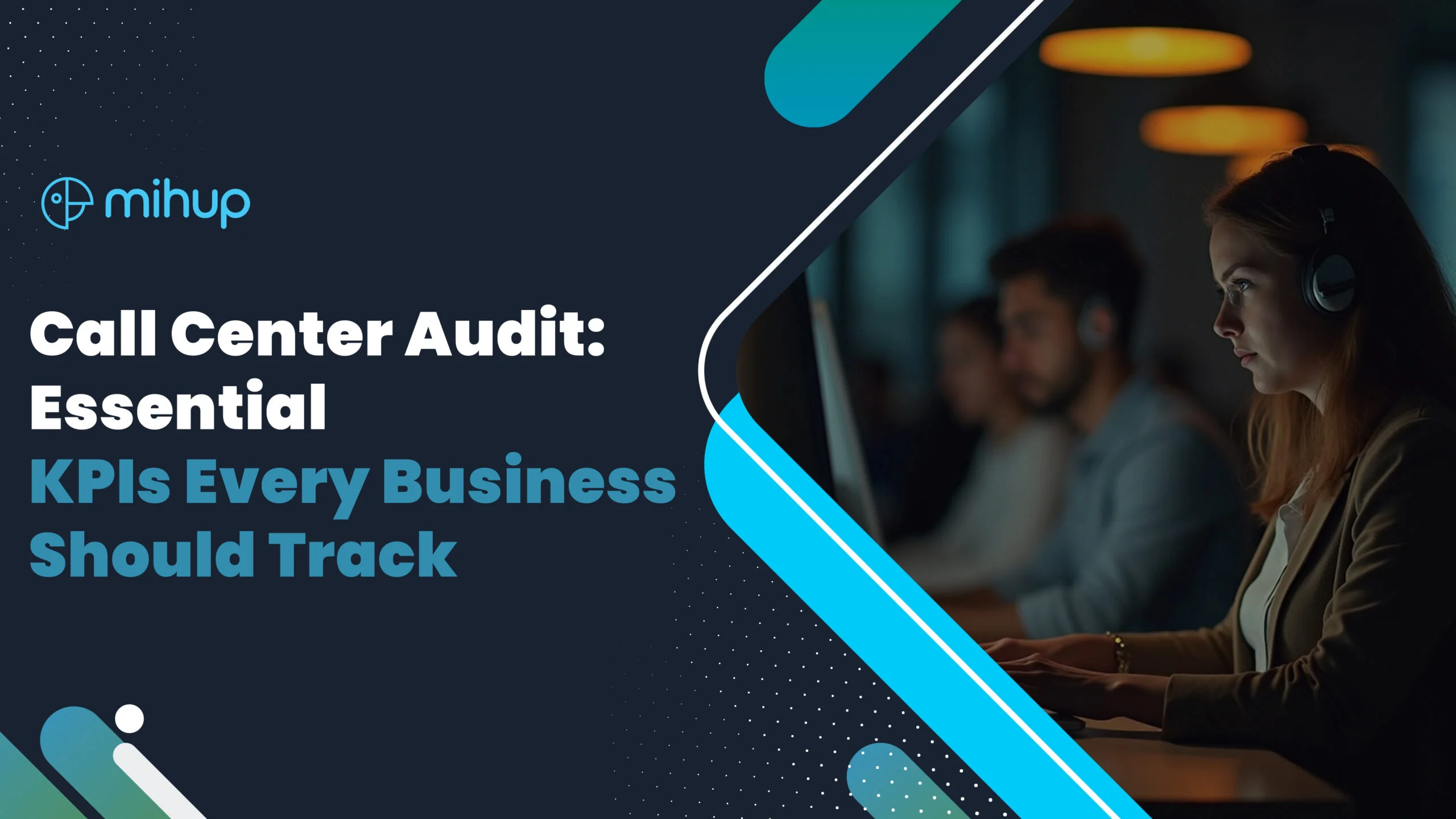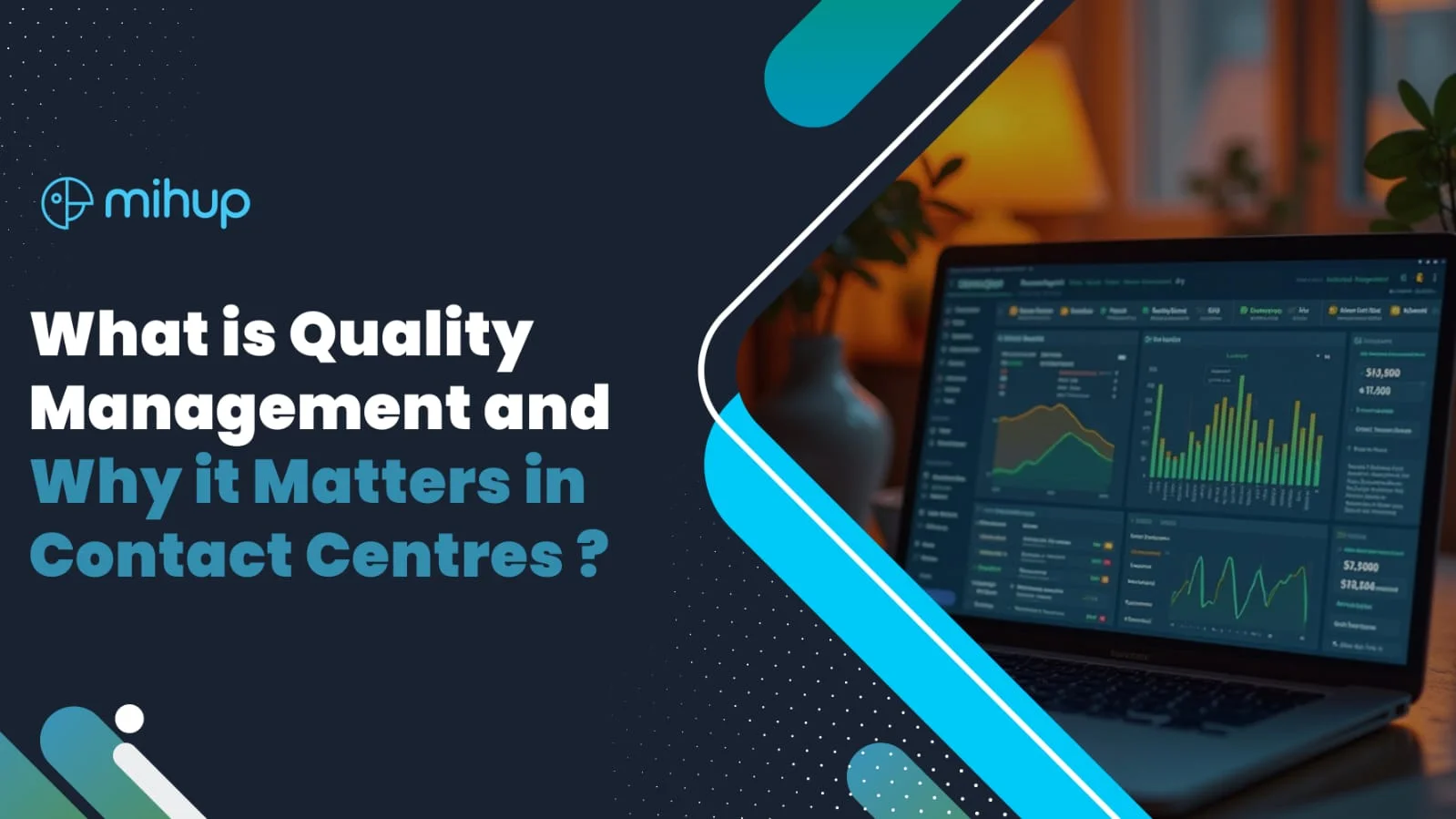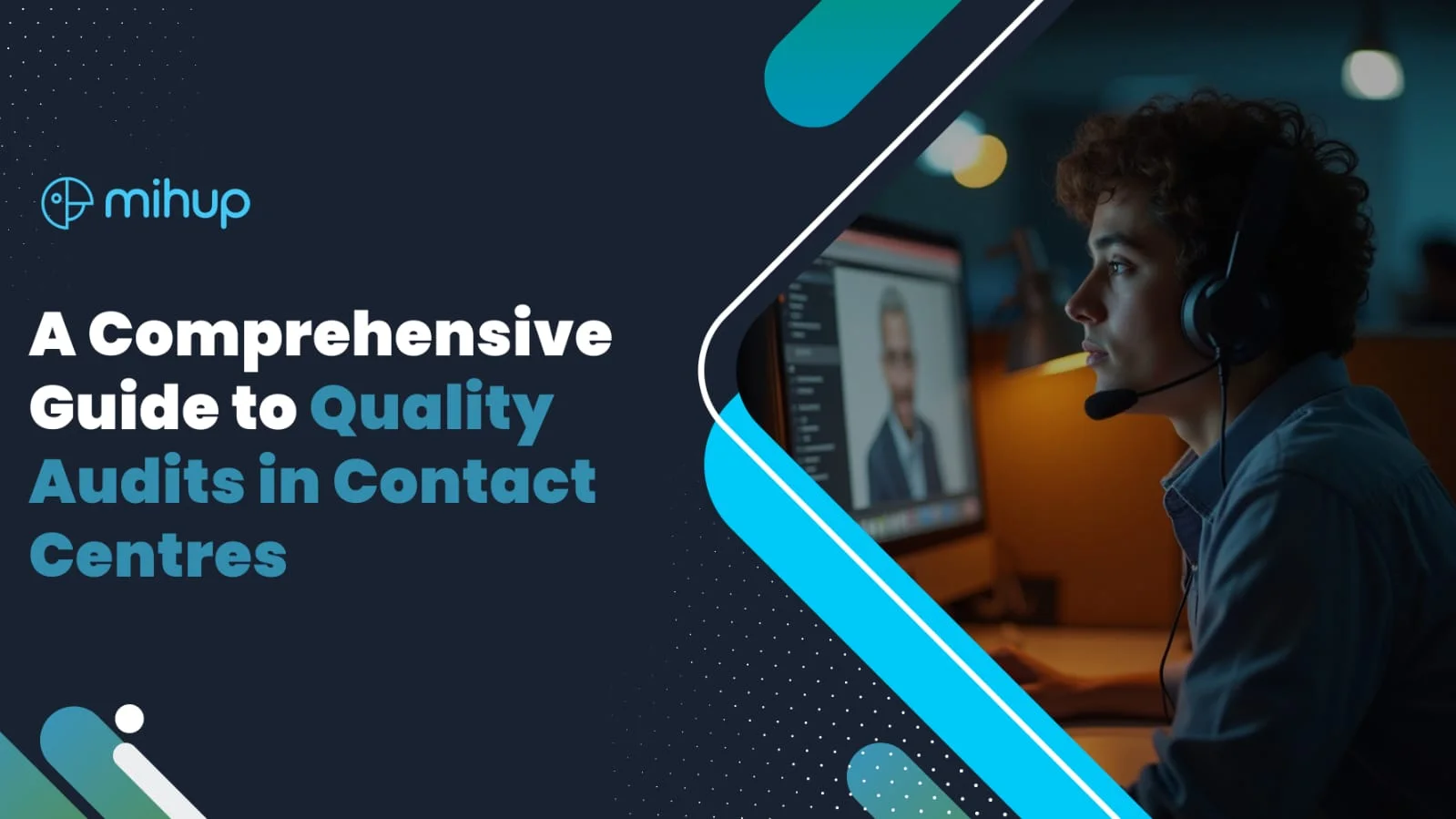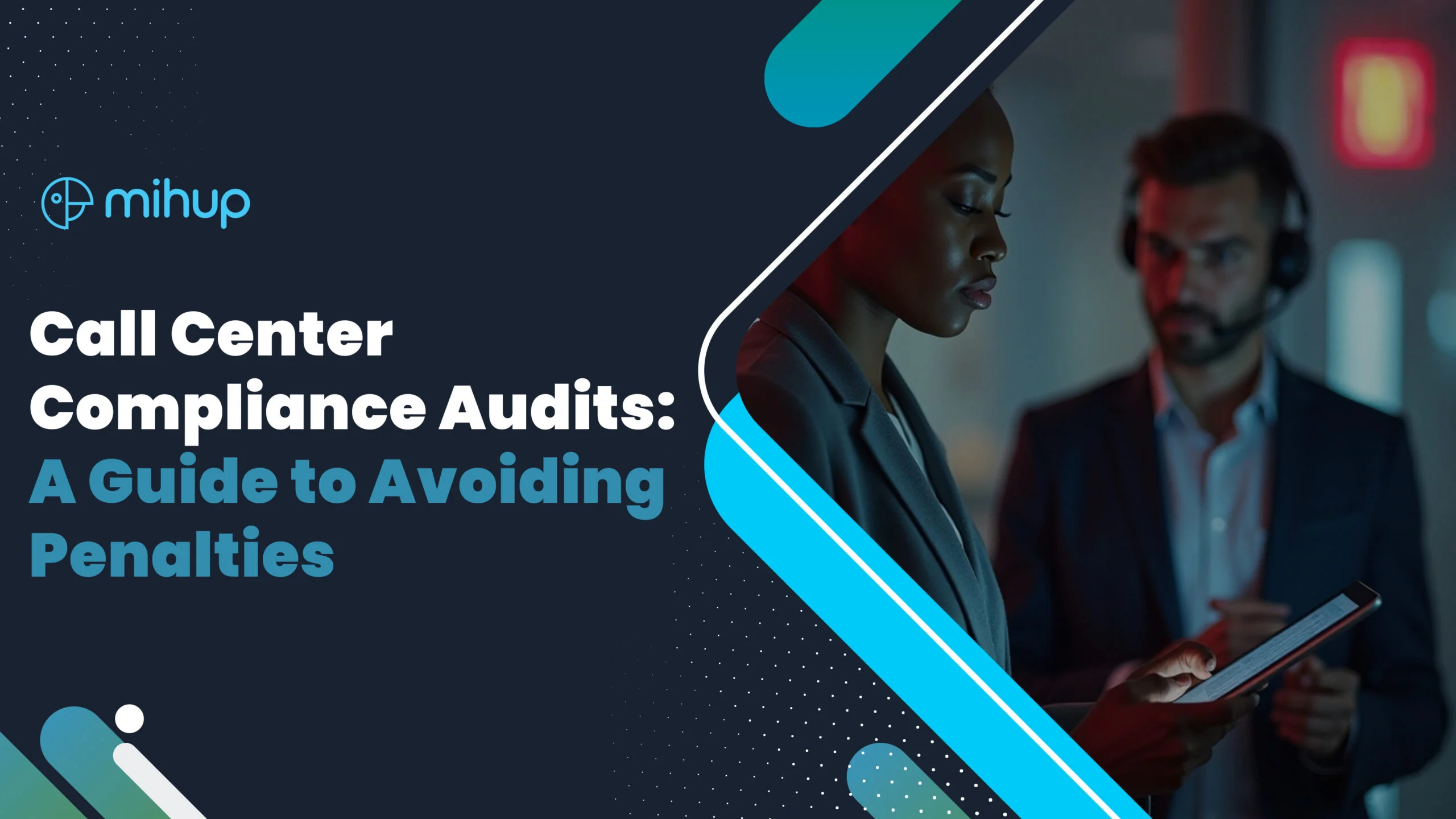Running a successful call center isn’t just about answering phones and saying thank you calling, have a nice day —it’s about delivering exceptional customer experiences that drive business growth. This is why having a well-structured call center audit is your best resource for operational excellence.
Are you wondering if your call center is really maximizing its performance? You’re not the only one. Many executive leaders are unable to identify the important metrics that reveal the underlying truths of their customer service function. The good news is that a strategic call center audit will clarify, reinforce, and point you toward what is working well, what is not working, and primarily where your best opportunities are or exist.
What Makes a Call Center Audit So Powerful?
Think of a call center audit as your operational health check. The audit is a systematic inquiry of your call center operations, examining every relevant area from agent performance to customer satisfaction. An audit is not merely about evaluating the effectiveness of the management, but on what are the widely recognized Key Performance Indicators (KPIs) the organization should concentrate.
A full-time call center audit helps the management not only to collect the data but also to establish improvement goals. These audits bridge performance gaps, make resource utilization more efficient, and establish proactive service delivery as the norm.
The real magic happens when you use your call center audit findings to align your operations with broader business objectives. Whether you’re looking to reduce costs, improve customer retention, or scale your operations, the right KPIs provide the insights you need to make informed decisions.
The KPIs That Define Call Center Excellence
Customer-Centric Metrics
First Call Resolution (FCR): stands as perhaps the most critical metric in any call center audit. When customers get their issues resolved on the first interaction, everybody wins. Your customers leave satisfied, your agents feel accomplished, and your operational costs stay in check. Calculate this by dividing resolved first-call issues by total calls—aim for rates above 70% for optimal performance.
Customer Satisfaction Score (CSAT): gives you direct insight into how customers perceive their experience. During your call center audit, pay special attention to CSAT trends across different times, agents, and issue types. This metric often reveals patterns that aren’t visible in other data points.
The Net Promoter Score (NPS): takes customer feedback a step further by measuring loyalty and advocacy. While CSAT tells you about individual interactions, NPS reveals whether customers would actively recommend your business to others—a crucial indicator of long-term success.
Customer Effort Score (CES): rounds out your customer-focused metrics by measuring how easy it is for customers to get help. Low-effort experiences typically correlate with higher satisfaction and loyalty, making this a valuable addition to your call center audit checklist.
Operational Efficiency Indicators
Average Handle Time (AHT): requires careful interpretation during your call center audit. While shorter handle times can indicate efficiency, they shouldn’t come at the expense of quality service. The key is finding that sweet spot where agents resolve issues thoroughly without unnecessary delays.
Service Level metrics reveal how responsive your team is to incoming calls. The industry standard of answering 80% of calls within 20 seconds provides a solid benchmark, but your call center audit should consider your specific customer expectations and business context.
Call Abandonment Rate: often signals underlying capacity issues. When customers hang up before reaching an agent, you’re not just losing that interaction—you’re potentially losing that customer. High abandonment rates in your call center audit results should trigger immediate attention to staffing and queue management.
Agent Performance Metrics
Agent Utilization Rate: helps you understand whether your staffing levels match your workload. During your call center audit, look for utilization rates between 75% to 85%. Higher rates might indicate burnout risk, while lower rates could suggest overstaffing or process inefficiencies.
Transfer Rate: Analysis during your call center audit can reveal training gaps or process problems. While some transfers are necessary, excessive rates often indicate that agents lack the knowledge or authority to resolve issues independently.
Call Quality Scores: provide the qualitative insights that quantitative metrics can’t capture. Regular call monitoring as part of your call center audit ensures agents maintain professional standards and follow best practices.
Advanced Audit Considerations
Quality Assurance Deep-Dives
Your call center audit should extend beyond numbers to examine qualitative factors that shape customer experiences. Script adherence ensures consistency, while compliance checks protect your business from regulatory issues. Don’t overlook soft skills evaluation—empathy, active listening, and professionalism often determine whether a technically correct interaction becomes a truly positive customer experience.
Technology and Process Assessment
Modern call center audits must also evaluate your technology stack and operational processes. Are your systems enabling or hindering agent performance? Does your call routing optimize for both efficiency and customer satisfaction? These considerations often reveal improvement opportunities that pure KPI analysis might miss.
Turning Audit Insights Into Action
The real value of any call center audit lies in what you do with the findings. Start by establishing clear benchmarks based on industry standards and your business goals. Use trend analysis to identify patterns—are certain metrics declining during specific periods or with particular agent groups?
Agent coaching becomes significantly more effective when it’s based on concrete call center audit data. Instead of generic training, you can provide targeted feedback that addresses specific performance gaps. Similarly, process improvements should directly address bottlenecks or inefficiencies revealed through your audit.
Consider technology investments strategically. Your call center audit might reveal that upgrading certain systems or tools could significantly impact multiple KPIs simultaneously, delivering strong ROI on your investment.
Making Audits Part of Your Culture
The most successful organizations don’t treat call center audits as annual events—they embed continuous monitoring and improvement into their operational culture. Regular quality assurance, ongoing KPI tracking, and proactive performance management create an environment where excellence becomes the standard rather than the exception.
Speech analytics tools and automated call monitoring can enhance your call center audit capabilities while reducing the manual effort required. These technologies help you scale your quality assurance efforts and identify trends that might not be apparent through traditional sampling methods.
What Next?
A comprehensive call center audit isn’t just about measuring performance, it’s about building a foundation for sustainable improvement. When you focus on the right KPIs and commit to acting on the insights they provide, your audit becomes a powerful catalyst for operational excellence.
Remember that the best call center audit is one that’s tailored to your specific business needs and customer expectations. While industry benchmarks provide useful reference points, your success ultimately depends on how well your operations align with your unique value proposition and customer requirements.
Ready to transform your call center performance? Start with a thorough audit focused on the KPIs that matter most to your business, book a free demo with our experts, and the insights you gain will guide your improvement efforts and help you deliver the exceptional customer experiences that drive long-term success.





